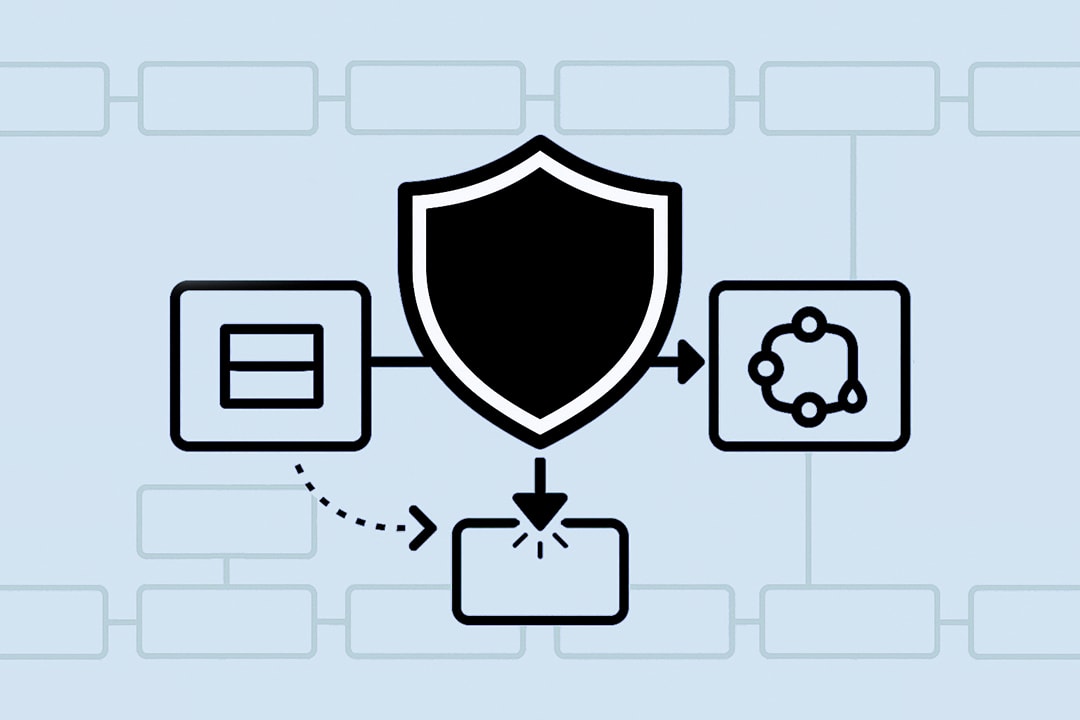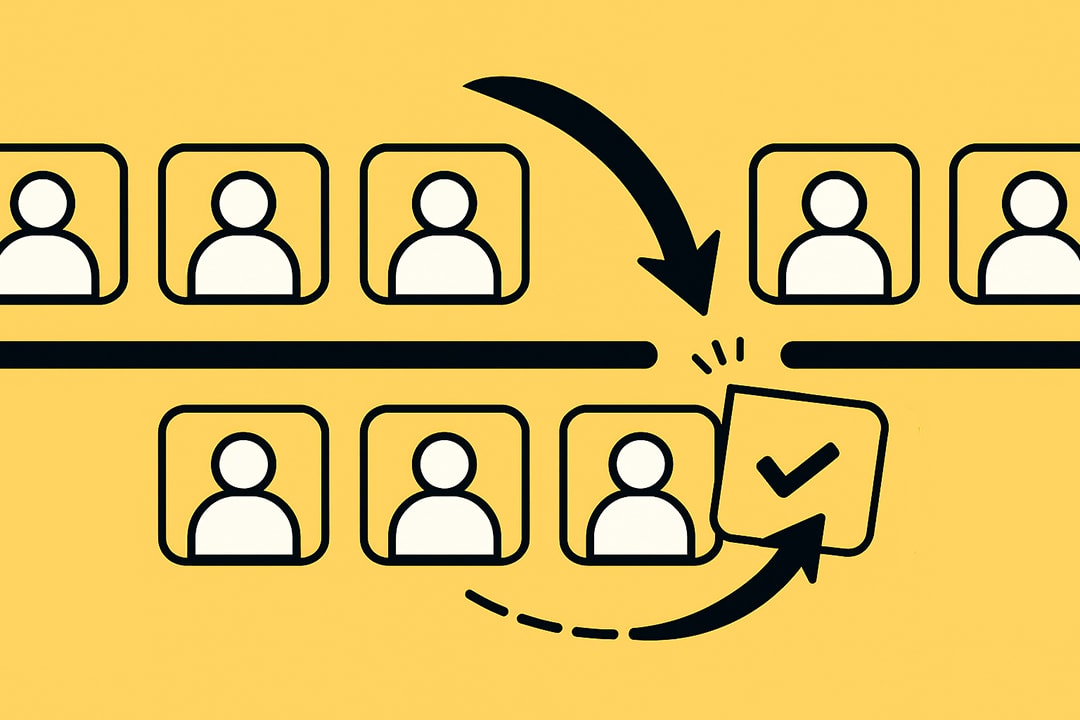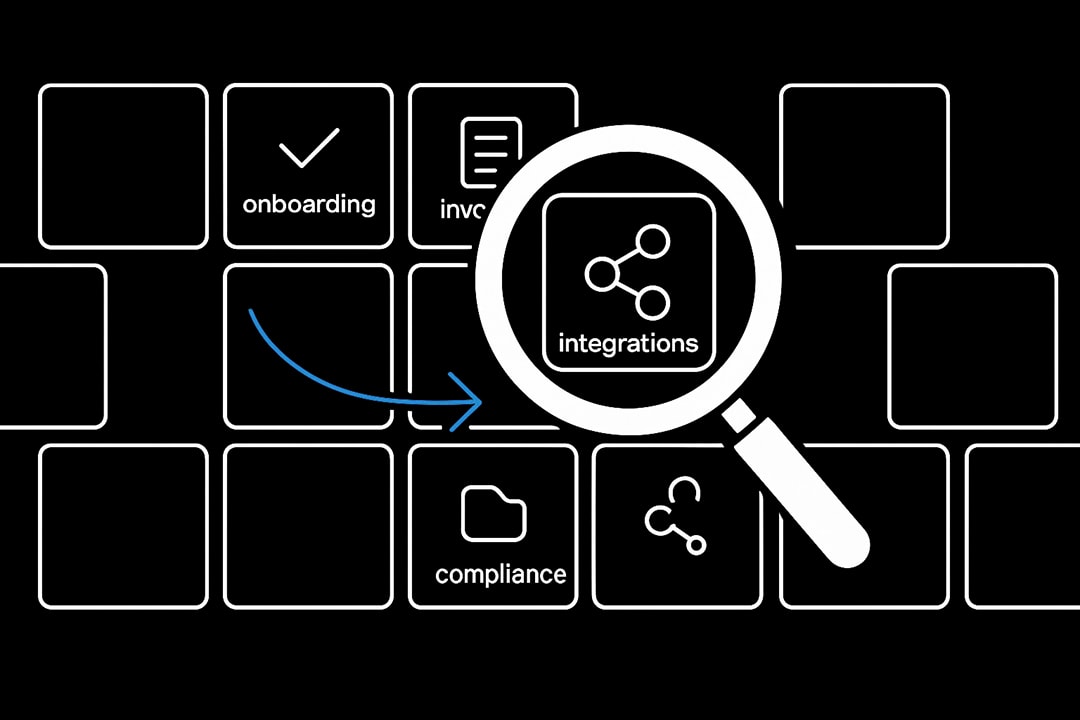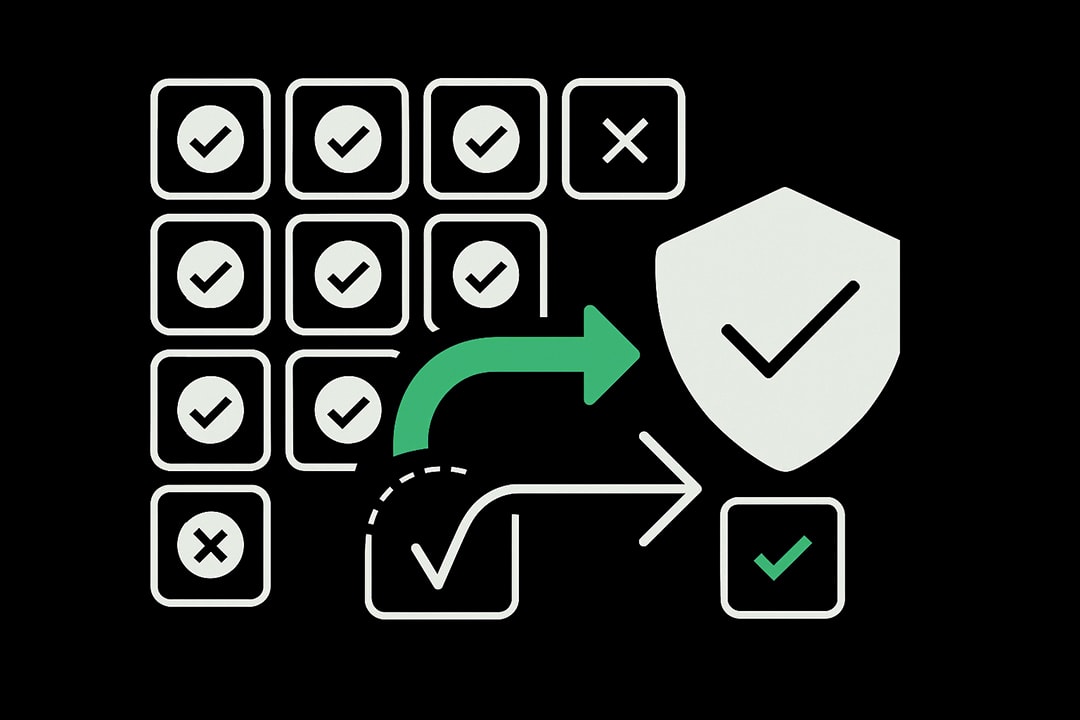Preventing Gen AI data loss with Zero Trust and AI
Discover why Gen AI data loss is a growing risk and how Zero Trust and AI-powered security can protect sensitive data across the AI lifecycle.

Why Gen AI data loss is an urgent risk
How Gen AI changed the stakes for sensitive data
Generative AI is everywhere now. That’s not hype, it’s usage data. In the past year, enterprise adoption of Gen AI tools has exploded by more than 3,000%, according to SecurityInfoWatch.
These tools are no longer confined to R&D or isolated pilots; they’re powering customer support, automating business reports, summarizing private emails, and “helpfully” ingesting whatever users feed them, from regulated health records to source code.
The sheer scale and unpredictability of this adoption have introduced a new class of risk: confidential data slipping into prompts, training sets, or model outputs, often without any malicious intent.
Why data loss is more than a hypothetical problem
The numbers are sobering. IBM’s Cost of a Data Breach Report 2024 found that only 24% of organizations have secured their Gen AI projects, leaving the other 76% vulnerable to exposure.
Employee curiosity and business urgency don’t help: SecurityInfoWatch notes that 8.5% of Gen AI prompts submitted by staff contain sensitive or confidential information. This isn’t just about a few careless users.
When nearly 1 in 12 interactions risks leaking data, scale becomes the adversary. Even well-meaning staff, rushing to solve problems, can inadvertently send trade secrets, personal records, or source code into the AI black box.
How attackers are already exploiting Gen AI blind spots
Threat actors are not standing still. Prompt injection attacks, API abuse, and “poisoned” training sets are moving from academic research to real-world exploitation.
Palo Alto Networks and Deloitte both highlight how attackers are using Gen AI’s hunger for data against organizations, crafting prompts or payloads designed to exfiltrate information or subtly manipulate model outputs.
In Deloitte’s Q4 2024 survey, 30% of security leaders now cite data leakage as their top Gen AI risk—a sharp increase over the previous year and a sign that this is now a board-level concern.
Why regulatory and trust risks are multiplying
The consequences of Gen AI data loss go beyond immediate incident response. When sensitive data is exposed—whether through a model’s output, a chat transcript, or a compromised training set—there are real regulatory, reputational, and legal costs. Persistent model “memory” means that once data is in, it’s almost impossible to guarantee it’s truly out.
Customers and partners are watching. Deloitte found that nearly one-third of organizations worry about loss of trust due to AI bias, hallucinations, and unintentional data exposure. In regulated industries, single incidents can trigger investigations, fines, and public scrutiny.
What IT leaders need to realize now
The reality is that Gen AI’s data risks are not a future problem. They are happening today, at scale, in environments where traditional data loss prevention tools rarely reach.
The combination of explosive adoption, blurred data boundaries, and evolving attacker tactics means IT and security leaders must act with urgency and clarity. Data loss is no longer just about plugging leaks in networks or endpoints; it is about governing every prompt, every API call, and every model output, from the ground up.
How Zero Trust and AI work together to prevent data loss
Why traditional defenses fail in Gen AI environments
Conventional perimeter security and one-time authentication are not designed for the fluid, dynamic world of Gen AI. Legacy controls assume static data flows, predictable user behavior, and tightly defined access points. Gen AI environments break those assumptions.
Models interact with multiple data sources, users, and APIs—often pulling sensitive content into prompts, training sets, or outputs with little human oversight. Attackers know this.
They exploit trust by abusing APIs, crafting malicious prompts, or slipping poisoned data into training pipelines. As a result, organizations relying on outdated security models are exposed to a new spectrum of data loss risks, where breaches can happen in seconds and may not be detected for weeks.
How Zero Trust closes the gaps Gen AI opens
Zero Trust is more than a buzzword in this context—it is a strategic imperative. The core principle is simple: trust nothing, verify everything, and do it continuously.
For Gen AI, this means every user, device, and API must prove its legitimacy on every interaction, not just at login. Identity and access management is enforced at every layer, with strict least-privilege rules applied to users, processes, and even data sets.
Micro-segmentation isolates Gen AI workloads, preventing a compromise in one service or pipeline from spilling into others. Sensitive data is never assumed to be “safe” by default, and all access is logged, monitored, and subject to real-time policy controls.
This is no longer theoretical. The US Department of Defense and CISA both recommend Zero Trust architectures as foundational for securing AI and cloud environments. McKinsey reports that by 2026, over 60 percent of organizations expect to combine Zero Trust with AI-driven controls to protect data across the AI lifecycle.
How AI supercharges Zero Trust for Gen AI security
AI is not just a risk in this equation—it is also a force multiplier for defense. AI-powered security tools can automatically classify sensitive data before it ever reaches a Gen AI model, flagging and redacting confidential information from prompts or training sets.
Machine learning-driven anomaly detection monitors for abnormal access, suspicious API calls, or prompt injection attacks that would escape static rule-based systems.
AI can also enforce Zero Trust policies dynamically. When risk signals spike—such as a user suddenly accessing large volumes of sensitive data or a spike in outbound API activity—AI systems can trigger step-up authentication, block requests, or alert security teams in real time.
Policy enforcement becomes adaptive, not static, reducing both false positives and missed threats.
What practical Zero Trust for Gen AI looks like
- Continuous Authentication and Access Control
- Every user and service is authenticated for every request. Access to Gen AI models, data stores, and APIs is tightly scoped and revoked when no longer needed.
- Least Privilege and Micro-Segmentation
- Gen AI workloads are isolated; users and apps can only access what is absolutely required. This limits the impact of any breach or misconfiguration.
- Automated Data Classification and DLP
- AI-powered tools scan and classify data flowing into Gen AI pipelines, flagging or blocking sensitive content before it is processed or exposed.
- Behavioral Analytics and Real-Time Monitoring
- AI and ML continuously monitor for abnormal usage, unexpected data flows, or prompt patterns indicative of data leakage or attack.
- Policy Enforcement at Every Layer
- Zero Trust is not just a network or identity solution—it extends to API access, model training, data ingestion, and output generation. Every step is governed by auditable, enforceable policies.
Why this approach works
Zero Trust, combined with AI-powered security, does not just reduce risk; it makes security responsive to the fast-moving, unpredictable nature of Gen AI environments.
It assumes breaches will happen and builds guardrails to limit damage, spot anomalies early, and keep sensitive data from leaking, whether by accident or design.
As adoption scales and threats multiply, this layered, adaptive defense is quickly becoming the new standard for organizations that want to use Gen AI without losing control of their data.
How the numbers reveal the real Gen AI security challenge
Security is a numbers game, and for Gen AI, the latest stats paint a picture that should grab any IT leader’s attention. Gen AI adoption has skyrocketed, but the safeguards haven’t kept pace.
According to Salesforce, enterprise use of Gen AI surged by more than 3,000% in the past year alone. It’s not just hype—this is broad, rapid integration into daily workflows, from customer service chatbots to business analytics and internal knowledge bases.
Why most Gen AI initiatives are still exposed
Despite this explosion in usage, IBM’s 2024 Cost of a Data Breach Report found only 24% of organizations have secured their Gen AI projects.
That means three out of four Gen AI deployments are operating without meaningful controls on data exposure, model access, or prompt injection. This isn’t just poor hygiene—it is a recipe for incident response nightmares, regulatory fines, and irreversible trust loss.
How sensitive data is already leaking into Gen AI systems
Sensitive data exposure is not a theoretical risk. SecurityInfoWatch reports that 8.5% of Gen AI prompts submitted by employees contain confidential or regulated information.
The more employees experiment with Gen AI, the more likely something critical—customer PII, financial data, or intellectual property—slips through. That’s nearly one in twelve prompts, every day, across every department.
The Top Risks Keeping Security Leaders Up at Night
Deloitte’s State of Gen AI in the Enterprise Q4 2024 found that 30% of organizations now cite data leakage as their top concern with Gen AI, up from just 16% a year prior.
And it’s not just about what gets lost; nearly one-third of leaders now worry about loss of trust due to AI bias, hallucinations, and the inability to fully control model behavior or outputs.
Why Zero Trust and AI are converging fast
Industry response is shifting. McKinsey research shows that by 2026, over 60% of organizations expect to combine Zero Trust architectures with AI-powered security controls to protect AI and cloud environments.
The US Department of Defense and CISA have both issued new guidance recommending Zero Trust as foundational for Gen AI use. This is more than compliance—it’s a strategic shift, driven by the numbers and the escalating threat landscape.
How organizations can get proactive about Gen AI data loss
The research is clear: waiting for a Gen AI data leak is not a strategy. The organizations that are getting ahead of the risk aren’t just adding more policies; they’re building new habits and controls into the DNA of their Gen AI workflows.
Here’s what works, according to industry leaders and current best practice frameworks.
Secure the entire AI pipeline, not just the endpoints
Zero Trust should be applied at every stage of the Gen AI lifecycle, from data collection and ingestion to model training, deployment, and output. This means:
- Continuous identity verification: Require strong authentication for every user, app, and API interacting with Gen AI models, not just at login.
- Strict least privilege controls: Grant only the minimum access needed for each workflow, and regularly review and revoke unnecessary permissions.
- Micro-segmentation: Isolate Gen AI workloads in tightly controlled environments, reducing the risk of lateral movement if one system is compromised.
Automate sensitive data detection and redaction
Manual screening is not enough at Gen AI scale. The leaders are integrating AI-powered DLP (data loss prevention) to:
- Automatically scan prompts and training data for confidential information before it reaches the model.
- Redact or block high-risk content in real time, ensuring that sensitive data never gets processed or output by Gen AI tools.
- Audit all data flows through centralized logging and alerting, so every access or transfer is tracked and can be investigated later.
Monitor for anomalies and attack patterns with AI
Human teams alone can’t keep up with the speed and subtlety of Gen AI risks. AI-driven behavioral analytics are now essential for:
- Detecting prompt injection, data poisoning, and abnormal access as they happen, not weeks after the fact.
- Triggering automated responses—from step-up authentication to session lockdown—when suspicious behavior is detected.
- Learning from each incident: Feeding outcomes back into the monitoring system so detection gets smarter over time.
Build policy enforcement directly into APIs and user interfaces
The most successful organizations do not rely on users to “do the right thing” with sensitive data. Instead, they:
- Enforce security and usage policies at the API and application layers.
- Require multi-factor authentication for critical actions and data exports.
- Limit output sharing and model access based on user roles, context, and real-time risk signals.
Train users and foster a culture of shared accountability
People remain a critical link in the Gen AI security chain. Best-in-class organizations:
- Educate staff about Gen AI data risks, attack techniques, and safe usage habits.
- Make security training interactive and ongoing, not just a one-time compliance check.
- Encourage prompt reporting of suspicious behavior, rewarding users for vigilance rather than penalizing innocent mistakes.
Regularly test and refine controls
Finally, the most resilient organizations treat Gen AI security as a living practice:
- Run red team exercises and simulated data leaks to find weaknesses before attackers do.
- Benchmark against evolving frameworks like NIST SP 800-53, CISA, and industry standards.
- Continuously update controls, playbooks, and user training as new threats and use cases emerge.
The takeaway for IT leaders
Gen AI data loss is a moving target, but the fundamentals are clear. Combine Zero Trust with AI-powered monitoring, automate sensitive data controls, enforce policy at every touchpoint, and invest in both technology and people. Organizations that operationalize these best practices will not just reduce risk—they’ll enable innovation with the confidence that their most valuable data assets are protected.
FAQ
1. What are the main risks of data loss with generative AI in enterprises?
Generative AI can unintentionally expose sensitive data through prompts, training sets, or outputs. Risks include prompt injection, API abuse, and leaking confidential information, often due to rapid adoption without adequate controls.
2. How can Zero Trust architecture help secure generative AI systems?
Zero Trust enforces continuous verification of every user, device, and API interaction, applies least-privilege access, and isolates Gen AI workloads, reducing the risk of data breaches and lateral movement within organizations.
3. Why do traditional data loss prevention tools fail with Gen AI?
Legacy tools assume static data flows and predictable access points. Gen AI environments are dynamic and complex, making it easy for sensitive data to bypass outdated security measures and leak unknowingly.
4. What best practices can organizations use to prevent Gen AI data leaks?
Implement AI-powered data classification, enforce policy controls at every layer, monitor for anomalies, automate redaction of sensitive data, and provide ongoing security training for all users.
5. How are attackers exploiting generative AI vulnerabilities?
Attackers use prompt injection, poisoned training data, and API manipulation to exploit Gen AI systems, aiming to exfiltrate data or manipulate outputs, making robust security measures essential.





